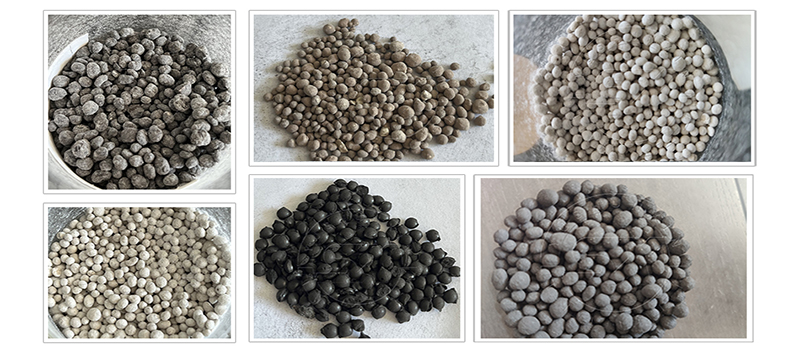Designing a sheep manure organic fertilizer production line involves several key steps to ensure efficient processing and high-quality sheep manure fertilizer production. Here is a basic guide to help you design such a production line:

Raw Material Collection and Storage:
Establish a system for recycling sheep manure from farms. Consider using a conveyor belt or wheelbarrows for efficient collection.
Provide a covered storage area to prevent nutrient loss and maintain the quality of the raw material.
Pretreatment of Raw Material:
Remove any foreign materials, such as stones or debris, from the sheep manure to ensure a clean and uniform product.
Consider composting the raw material to facilitate the decomposition process and kill weed seeds and pathogens.
Composting Process:
Set up compost windrows or fermentation trench to allow proper aeration and decomposition.
Monitor temperature, moisture content, and turning frequency to optimize the composting process. Here, professional sheep manure compost turner can help you turn materials effectively and speed up fermentation.
Composting time may vary, but a well-managed system typically takes several weeks.
Fermentation and Curing:
After composting, allow the material to undergo fermentation and curing for further breakdown and stabilization.
Use covered curing systems to protect the material from weather conditions.
Crushing and Screening:
Crush the composted material into smaller particles to enhance the efficiency of the subsequent granulation process of goat manure fertilizer.
Screen the crushed material to remove any oversized or undersized particles, ensuring a consistent size for the final product.
Mixing and Blending:
Mix the screened material with other organic ingredients to create a balanced and nutrient-rich fertilizer blend.
Consider adding additional organic amendments or microbial inoculants for prepare higher quality sheep waste fertilizer.
Granulation or Pelletizing:
Choose a suitable granulation or pelletizing machine to form the fertilizer into uniform-sized granules or pellets. Click here to learn more.
Adjust the moisture content and particle size to achieve the desired product characteristics.

Drying:
Dry the granulated or pelleted fertilizer to reduce moisture content and prevent clumping during storage.
Employ a rotary drum dryer or other appropriate drying equipment.
Cooling:
Allow the dried fertilizer to cool before packaging to prevent condensation and maintain product integrity.
Packaging and Storage:
Package the finished organic fertilizer in bags or bulk containers, ensuring proper labeling.
Store the packaged fertilizer in a cool, dry place to maintain its quality until distribution.
Quality Control:
Implement quality control measures at each stage of the production process to ensure consistency and adherence to standards.
Remember to comply with local regulations regarding organic fertilizer production, sheep manure waste management, and environmental protection throughout the design and operation of your sheep manure organic fertilizer granule production line. Additionally, seek advice from experts in organic farming and fertilizer production for specific recommendations tailored to your region and requirements. You can visit https://organicfertilizerproductionline.com/sheep-manure-organic-fertilizer-granules-making/ for reference.